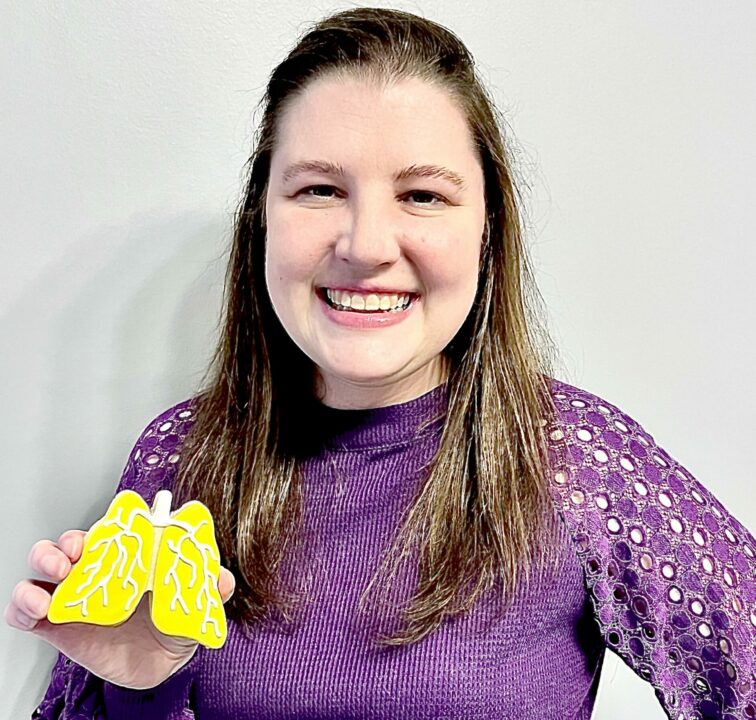Authored by Innovative Science Solutions, now part of Lumanity
At-home specimen collection kits are critical because of the widespread nature of SARS-CoV-2 and the need to minimize risk of transmission in hospitals and healthcare clinics where specimens are typically collected or diagnostic tests are conducted. Although the FDA continues to streamline its process to submit a package requesting an Emergency Use Authorization (EUA) letter for SARS-CoV-2 diagnostic tests, it can be challenging and the precise nature of the submission must be followed. Recently, the Agency made available a template for manufacturers or importers (sponsors) that streamlines the submission process for diagnostics utilizing at-home self-collection of samples. However, despite the FDA’s continued efforts to streamline this process, there remain challenges that many sponsors might not adequately address in their submission packages.
Sponsors should note that the Pipeline and Hazardous Materials Safety Administration (PHMSA), within the Department of Transportation, is responsible for overseeing hazardous materials regulations for shipping medical material. PHMSA has determined that suspected or confirmed SARS-CoV-2 patient specimens are a UN 3373 Biological Substance Category B, which is defined as ‘an infectious substance that is not in a form generally capable of causing permanent disability or life-threatening or fatal disease in otherwise healthy humans or animals when exposure to it occurs’, and as such must be transported in a triple packaging system. PHMSA’s PowerPoint presentation provides a quick reference to safely package and transport coronavirus specimens. The FDA recommends that applicants contact the PHMSA to confirm their packaging and shipping instructions are in compliance with applicable regulations.
Furthermore, the FDA requires detailed logistical information, including all steps end-users must take to collect and ship samples and how samples are protected from degradation in transit. In our experience, sponsors haven’t always adequately addressed the applicable regulations or developed user-friendly instructions. This latter component is critical, as the FDA requires a human usability study to confirm that the instructions are user-friendly and easily followed.
Additionally, according to the regulations, the sponsor must have a plan for stability testing of the collection device, which includes shelf-life stability and shipping stability. The stability testing data do not need to be available (or the tests even started) at the time of the EUA request package submission. However, the sponsor should include a protocol with their submission that the FDA can review and provide feedback on.
Lastly, an additional validation study must be conducted that demonstrates diagnostic test performance using samples self-collected at-home. The study should simulate the following conditions: (a) the storage of samples before the end-user ships the sample; (b) the sample sitting in a mailbox or a drop box waiting for pick-up; and (c) the shipping conditions after pick-up. Furthermore, the study should replicate worst-case conditions for both summer shipping and winter shipping. Note that if an at-home self-collection kit uses nasal swabs transported in 0.9% saline, PBS, or dry tubes then they could reference stability studies conducted by Quantigen Biosciences, as they have granted a blanket right of reference to leverage their stability data.
Existing EUA requests can be amended to include at-home self-collection of specimens. We recommend completing the at-home specimen collection template and referencing the previous EUA submission request rather than duplicating information.
It is important to keep in mind that the EUA regulatory pathway is not intended as a permanent solution, but rather as a temporary process to address a critical need. Therefore, an at-home collection kit authorized under an EUA is only authorized for emergency use while the EUA is in effect. Once FDA issues a Termination of Declaration Letter, any product authorized under an EUA letter must be taken off the market unless the sponsor pursued the longer and more intensive standard regulatory path.
We are available to assist you in taking advantage of the EUA process now.
We have assisted with the submission of dozens of EUA packages over the past several months. And not just for coronavirus-specific drugs, diagnostics, and devices; we’ve worked directly with the FDA on behalf of our clients (as authorized US agents) in order to address deficiencies or revise submissions based on evolving requirements over the past 20 years. We know this process inside and out.
Download our free white paper Applying for an FDA Coronavirus EUA Letter or contact us today to discuss how we can help.








